What Causes Leaves To Change Color In The Fall And Senescence
In photosynthesis chlorophyll captures energy from sunlight and uses it to convert. May 15 2017 Anthocyanins are other plant pigments that are only made in the fall.
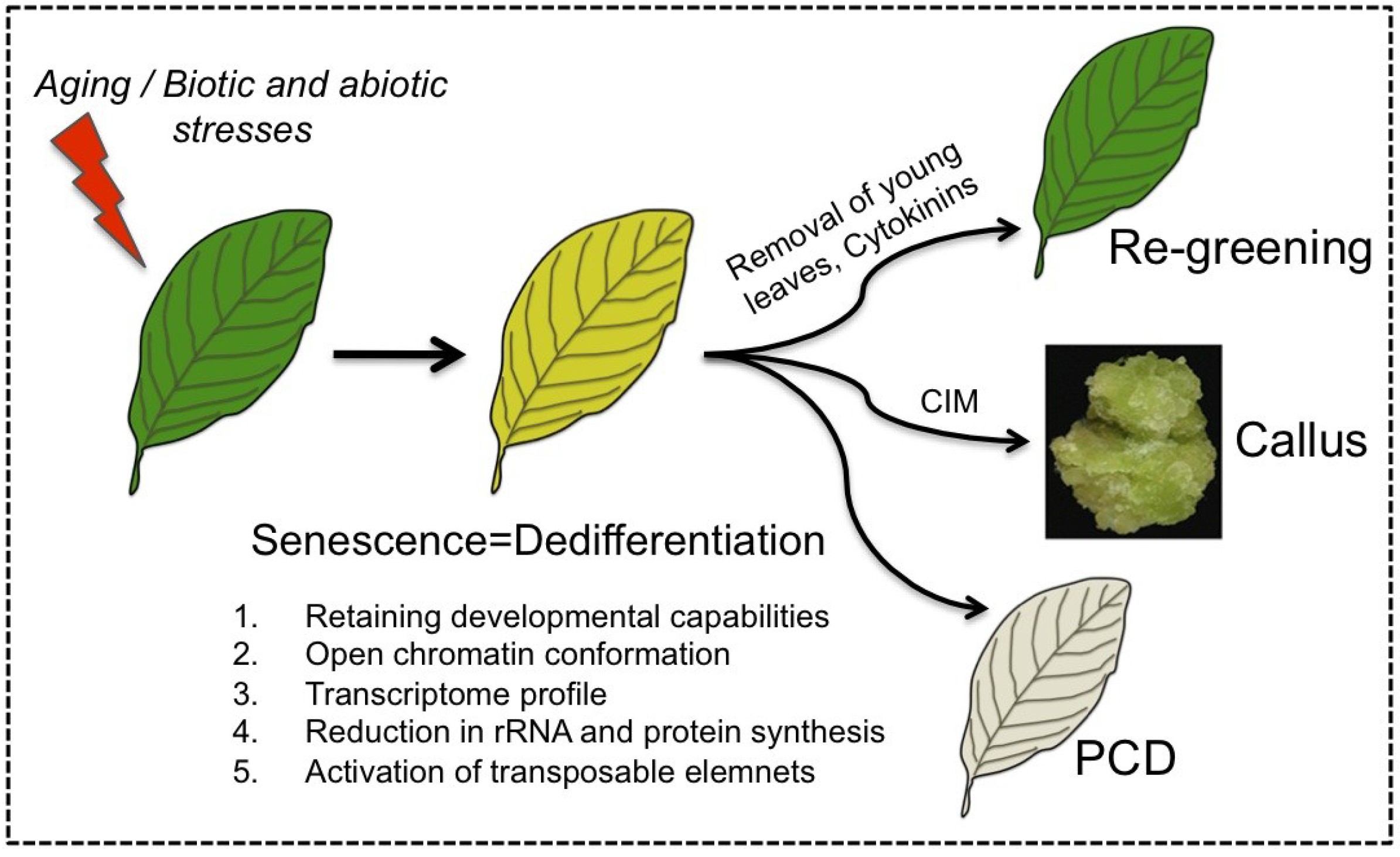 Plants Free Full Text Senescence Meets Dedifferentiation Html
Plants Free Full Text Senescence Meets Dedifferentiation Html
All plants including trees have green leaves because of a compound called chlorophyll.

What causes leaves to change color in the fall and senescence. So the different colors in leaves are caused by changes in the pigments. To understand why leaves change color you need to start with the process of. Oct 09 2019 The trigger for why leaves change color in the fall is day length or more exactly the length of nights.
Anthocyanins also protect leaves from being eaten or getting sun burned. She still considers Great. Interveinal means between the veins and chlorosis means a lack of chlorophyll.
However its mainly light levels that are responsible for fall foliage colors. These trees ecosystems are increasingly being changed by the proliferation of insects not native to the region which often thrive in warmer temperatures. Oct 09 2019 The trigger for why leaves change color in the fall is day length or more exactly the length of nights.
September and October are the peak months for admiring fall foliage the orange yellow and red leaves of trees. The yellow comes from accessory pigments in the leaf called carotenoids which assist chl molecules in the process of capturing light. Within urban areas street trees have crowns entirely exposed to light which increases anthocyanin synthesis and consequently the production of red leaves.
Most interesting are leaves that turn red because this color is the result of the active synthesis of anthocyanin pigments just before the leaves fall from the trees. Dec 02 2020 With shortening days and cooling temperatures a stunning show comes to temperate forests every autumn. To understand why leaves change color you have to start with the process of photosynthesis.
About 70 of shrubs and trees at the Harvard Forest produce anthocyanins during the senescence of the leaves. September and October are the peak months for admiring fall foliage the orange yellow and red leaves. Photoperiodism is the ability of a tree to measure the amount of sun that the tree is getting each day.
In the language of folklore Jack Frost has often been credited with spurring the onset of fall color by pinching leaves with his icy fingers. Amazingly enough there is no universal amount of sunlight that will trigger senescence in trees. Sep 22 2019 Cammarata explained that leaves undergo senescence in the fall.
In the Fall photoperiodism triggers the leaves to enter senescence. Often leaves that lack chlorophyll are yellow. These pigments cause red pink or purple colors.
This is the most common color of autumn leaves. They also help dissipate excess light energy if too much light strikes the leaf. Sunny autumn days are needed for the brightest color displays since anthocyanins require light.
The falling of leaves called autumn senescence is such an integral part of fall. Feb 20 2020 Temperature affects the rate of chemical reactions including those in leaves so it plays a part in leaf color. Oct 08 2019 October 08 2019.
Oct 17 2013 Why Leaves Change Color. Among the preferred foods of Asian long-horned beetles for example are maple trees and this could amplify the devastating effects of climate on fall foliage. Bad weather speeds up senescence or the enzymatic process leading to leaf death and its ultimate fall from the tree.
Obviously today we know thats not the case but for a long time scientists thought coloring of fall leaves was caused by the accumulation of waste products over the season that were then revealed as the green. Overcast days will lead to more yellows and browns. That it gives the season its name.
However other stressors such as poor compacted soil may also be contributing factors. For a less scientific explanation please see Fall Foliage Facts. As the nights get longer in Autumn the process of senescence becomes apparent through color change and the falling of leaves leading the tree into its winter dormancy.
The foliage of deciduous treesthose that lose their leavesturns red orange yellow and even purple before being cast off. During senescence plants store nutrients and distribute them to seeds and buds that will become next years leaves or flowers. Oct 24 2019 In the context of climate change warmer falls may slow the senescence process while an early frost could expedite it.
The largest factor in why leaves change color in the autumn is photoperiodism-the length of day and night.
 Rhododendron Leaves Turning Yellow Why Does My Rhododendron Have Yellow Leaves
Rhododendron Leaves Turning Yellow Why Does My Rhododendron Have Yellow Leaves
 The Science Of Autumn Leaf Color Change Morning Ag Clips
The Science Of Autumn Leaf Color Change Morning Ag Clips
 Why Are My Soybeans Turning Yellow
Why Are My Soybeans Turning Yellow
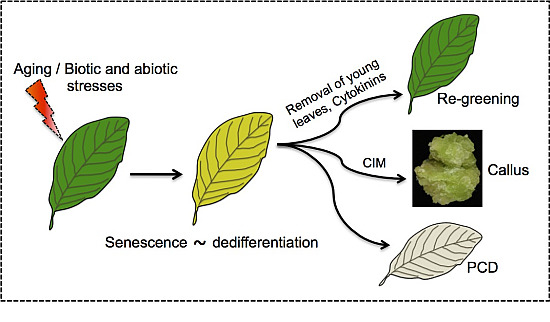 Plants Free Full Text Senescence Meets Dedifferentiation Html
Plants Free Full Text Senescence Meets Dedifferentiation Html
 Falling Of Autumn Leaves A Biological Separation Process Triggered By A Gaseous Plant Hormone How Plants Work
Falling Of Autumn Leaves A Biological Separation Process Triggered By A Gaseous Plant Hormone How Plants Work
 Detecting The Onset Of Autumn Leaf Senescence In Deciduous Forest Trees Of The Temperate Zone Marien 2019 New Phytologist Wiley Online Library
Detecting The Onset Of Autumn Leaf Senescence In Deciduous Forest Trees Of The Temperate Zone Marien 2019 New Phytologist Wiley Online Library
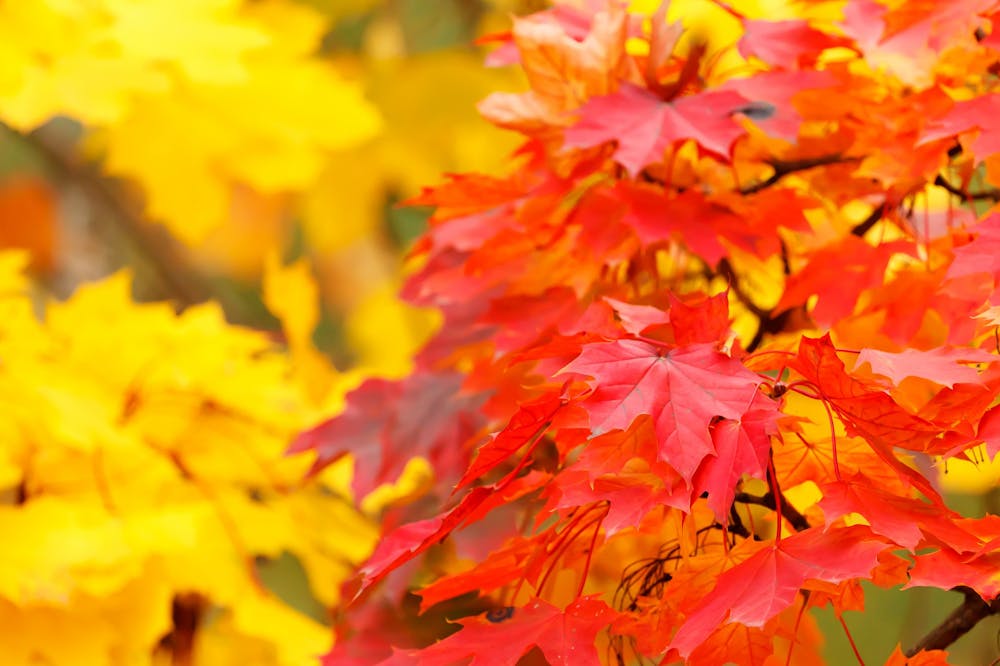 Fall Foliage In The Crosshairs Of Climate Change
Fall Foliage In The Crosshairs Of Climate Change
 Molecular Aspects Of Leaf Senescence Trends In Plant Science
Molecular Aspects Of Leaf Senescence Trends In Plant Science
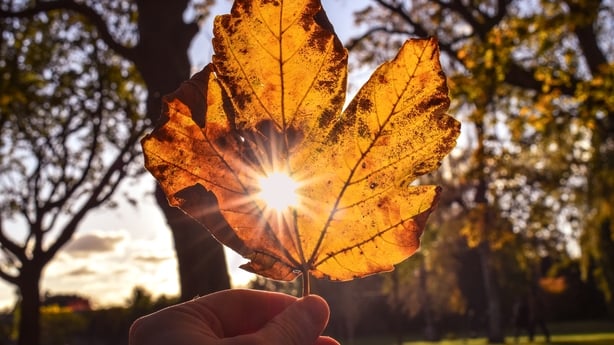 Why Do Leaves Change Colour In Autumn
Why Do Leaves Change Colour In Autumn

 Mechanism Of Leaf Senescence Youtube
Mechanism Of Leaf Senescence Youtube
 The Regulation Of The Onset Of Leaf Senescence Leaf Senescence Occurs Download Scientific Diagram
The Regulation Of The Onset Of Leaf Senescence Leaf Senescence Occurs Download Scientific Diagram
 Red Leaf Color As An Indicator Of Environmental Stress Forest Disturbance Processes Northern Research Station Usda Forest Service
Red Leaf Color As An Indicator Of Environmental Stress Forest Disturbance Processes Northern Research Station Usda Forest Service
 The Science Behind Fall Leaf Colors Earth Com
The Science Behind Fall Leaf Colors Earth Com
 Why Do Leaves Change Colour In Autumn
Why Do Leaves Change Colour In Autumn
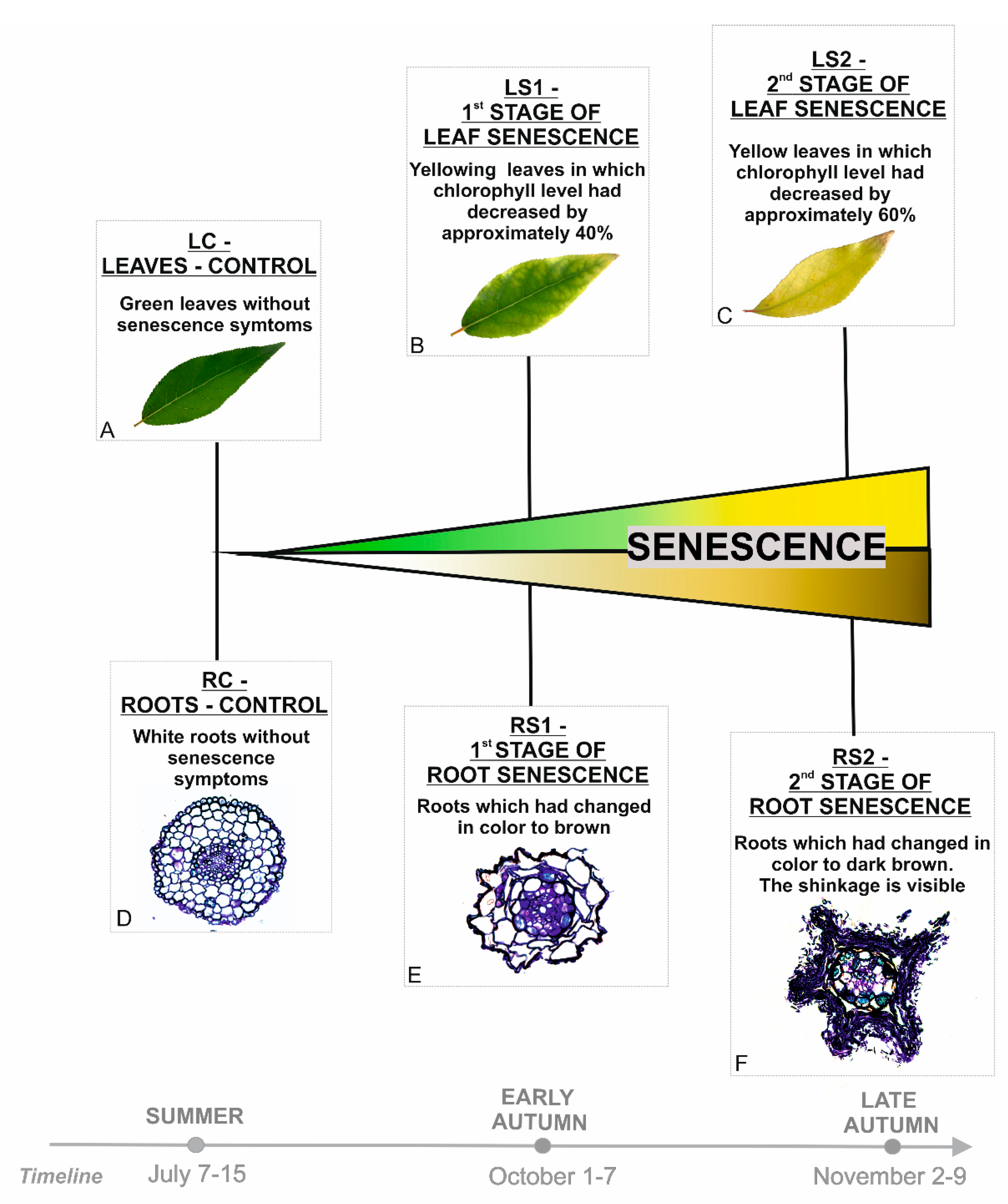 Ijms Free Full Text Abscisic Acid And Jasmonate Metabolisms Are Jointly Regulated During Senescence In Roots And Leaves Of Populus Trichocarpa Html
Ijms Free Full Text Abscisic Acid And Jasmonate Metabolisms Are Jointly Regulated During Senescence In Roots And Leaves Of Populus Trichocarpa Html
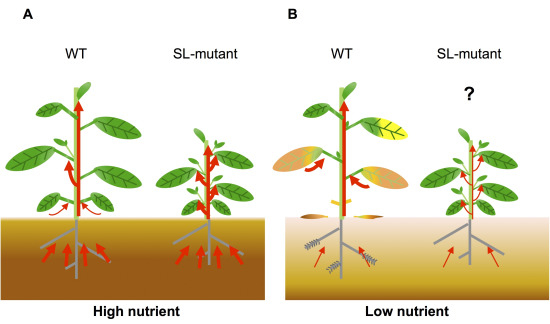 Plants Free Full Text Possible Roles Of Strigolactones During Leaf Senescence Html
Plants Free Full Text Possible Roles Of Strigolactones During Leaf Senescence Html